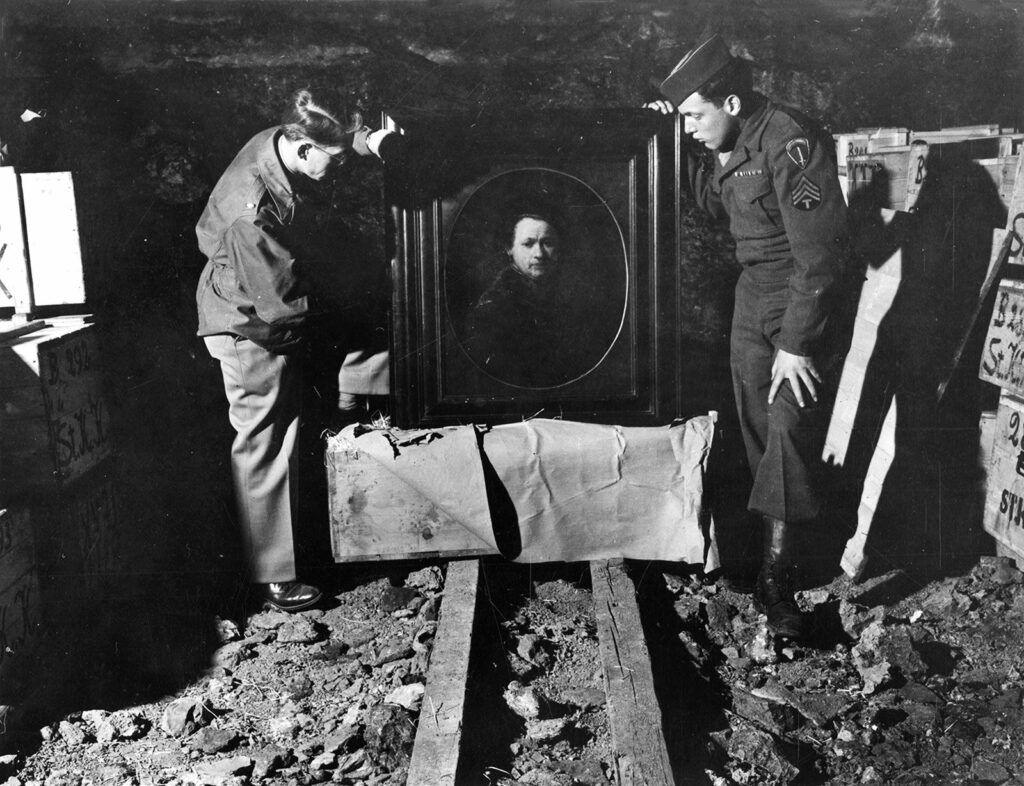5 – Art Critic
While much has been made of Hitler’s failed career as an artist—he was rejected by the Vienna Academy of Fine Arts and lived in poverty trying to sell his work—his interest in art seemed only to increase after he became Führer. While Hitler favored the idealized work of Classical Greece and Rome, he was highly critical of contemporary movements such as Impressionism, Cubism, and Dada. In the 1930s Nazis began removing such “degenerative art” from German museums. Modern works by Paul Klee, Pablo Picasso, Wilhelm Lehmbruck, and Emile Nolde were later shown in a 1937 multicity exhibition and described as “culture documents of the decadent work of Bolsheviks and Jews.” Throughout the war, Hitler ordered the systematic looting of artworks on an unprecedented scale; reportedly his most coveted stolen item was the Ghent Altarpiece. This and other works were intended to fill a planned “super museum” in Linz, Austria, known as the Führermuseum.




